 Exposure to BPA, when chemicals previously bound up in a dental material are released into the mouth and lungs, can happen when:
Exposure to BPA, when chemicals previously bound up in a dental material are released into the mouth and lungs, can happen when:
- Composite fillings are adjusted after placing a filling in your tooth
- Old Composite fillings are removed and replaced
- Excess bonding material is removed when braces are being placed
- Bonding material is drilled off the teeth when braces are removed at the end of treatment
The last point is of particular concern as many of our children undergo orthodontic treatment at early ages or during their teenage years.
Why should you be concerned about this? Animal studies have shown that BPA may be a hormone disruptor, including reproductive hormones. While the FDA has stated that the evidence is not certain, they still recommend taking precautions against BPA exposure.
Recently a mother brought her daughter in to have her fixed retainer removed. During our conversation the mother described the braces-off appointment, when all the material used to glue brackets onto the teeth was drilled off. She reported that during the procedure her child’s face was entirely covered with composite dust.
To put this into perspective, composite resin is used to glue brackets onto teeth during orthodontic treatment can be done on as many as 20-28 teeth. To drill the composite off of all these teeth is a relatively large exposure to the bonding material. It’s like removing a dozen composites all at the same time, and requires a high level of protection.
To minimize exposure to my patients I have implemented the following precautions in my practice:
- Use of two high speed air suction and filtration units to make sure all dust and chemicals are removed from the air during removal of old composite fillings
- Use of BPA free bonding resins to place brackets during orthodontic treatment
This is how I stay true to my holistic philosophy to do as much as I reasonably can to protect patients from exposure to questionable chemicals and metals during dental treatment.
Dr. Carey O’Rielly is a holistic dentist in San Diego, California who truly understands and practices the tenets of holistic health, both as a practitioner and in his personal life. His remarkable knowledge of the field came about through years of study and experience, initiated by his own work-related health challenges.
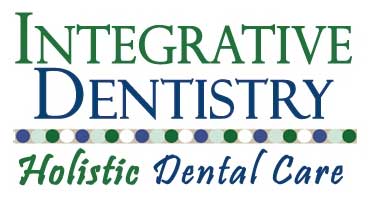
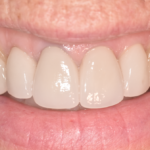
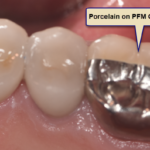


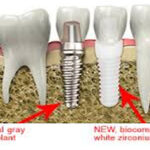

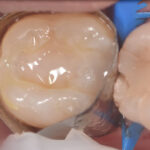

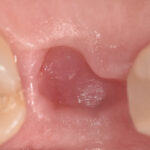
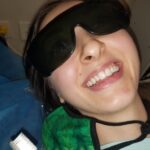
Hi, could you please advise me on the bpa free bonding resins you use in your orthodontic procedures. I have found bpa free composites from Voco and Kulzer but not much information on adhesives. My son is about to embark on NHS treatment in the UK and I would like to request bpa free materials. Thank you.
DRM research has some flowable composites that are BPA free and very pure. You will need to find a practitioner that is familiar with the different choices. Hope that helps.